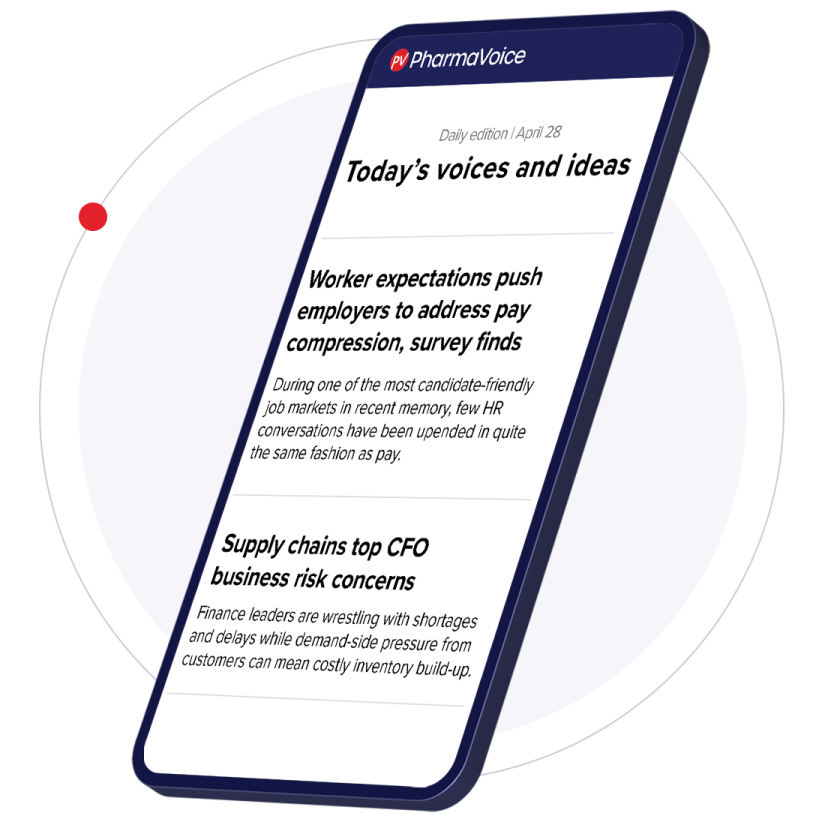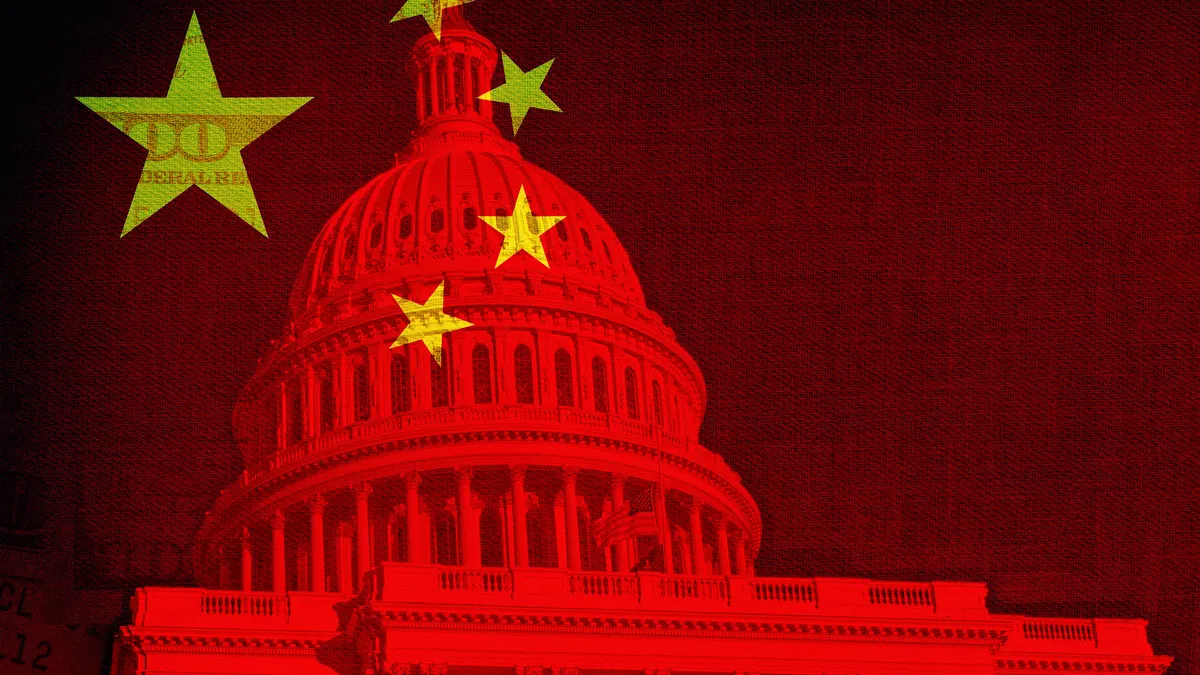From broad executive orders and tariff threats to individual corporate pricing deals, pharma companies have found themselves in a reactive stance this year, trying to keep up with volatile, shifting sands.
Most recently, the administration has hammered out deals with industry players such as Pfizer and AstraZeneca that are designed to align U.S. drug prices with what other nations pay.
At the same time, plans from the White House to impose a 100% pharma tariff on Oct. 1 haven’t materialized as the administration works on striking additional industry pacts.
And that’s just the latest in a policy environment that’s been unpredictable since President Donald Trump took office.
“In the first 100 days of this year alone, we've seen two executive orders on drug pricing,” said Catherine Starks, a partner at law firm Sidley Austin.
An April 15 White House action, for example, outlined sweeping goals aimed at lowering drug prices by spurring generic and biosimilar development and clamping down on “anti-competitive behavior” from drug makers.
How can any pharma company navigate the deluge of potential policy disruptions? By gaming out responses to proposals and creating strategies to address them, Starks said.
“Regulatory reform rarely happens all at once,” she noted. “It often unfolds as an ongoing process, not a one-time disruption.”
Small changes creating big challenges
While broad policy measures like tariffs generate headlines, plenty of behind-the-scenes and more granular proposals are causing pharma compliance headaches. One that’s prompted numerous questions from the life sciences industry is a draft revision to the definition of bona fide service fees under the Medicare program, Starks said.
Bona fide service fees are fair-market payments a manufacturer makes to third-party vendors for needed services. The modification, included in the 2026 Physician Fee Schedule Proposed Rule, could affect how manufacturers report and treat these fees. Under the proposal, drugmakers would need certification letters from partners to show that the service fees aren’t being passed on to affiliate clients or customers, Starks said.
“It’s a significant logistical challenge,” she said.
The measure is part of a recent pattern of CMS regulations raising significant logistical issues, while leaving pharma manufacturers in the dark about how the adjustment could play out, Starks said.
Another controversial rule under the first Trump administration, later withdrawn, would have required manufacturers to ensure that copay assistance program benefits were provided entirely to patients to exclude their value from price reporting.
Building long-term agility
As more changes emerge, companies preparing for new requirements should develop contingency frameworks.
“What happens if scenario A unfolds? What happens if scenario B unfolds?” Starks said. “Each reform could have a different impact on different products, and different partner agreements.”
Traditional notice or rulemaking orders typically include more of the information companies need to prepare than executive orders, which direct agencies to develop regulations and detailed plans. But that’s often not the political reality the industry faces.
After assessing potential financial and operational impacts, companies should also develop a list of action items outlining how they will proceed if a specific policy goes into effect, Starks said.
“What are the top 10 steps, the top 20,” she said. “Have that action plan in place so that if the regulatory change does happen quickly, companies can pivot and aren’t caught flat footed.”
This strategic preparation should also include pathways to challenge pending measures when necessary.
“If a reform is untenable, or if it won’t work … companies can evaluate what avenues there are to advocate for change with the agencies responsible,” Starks said.











